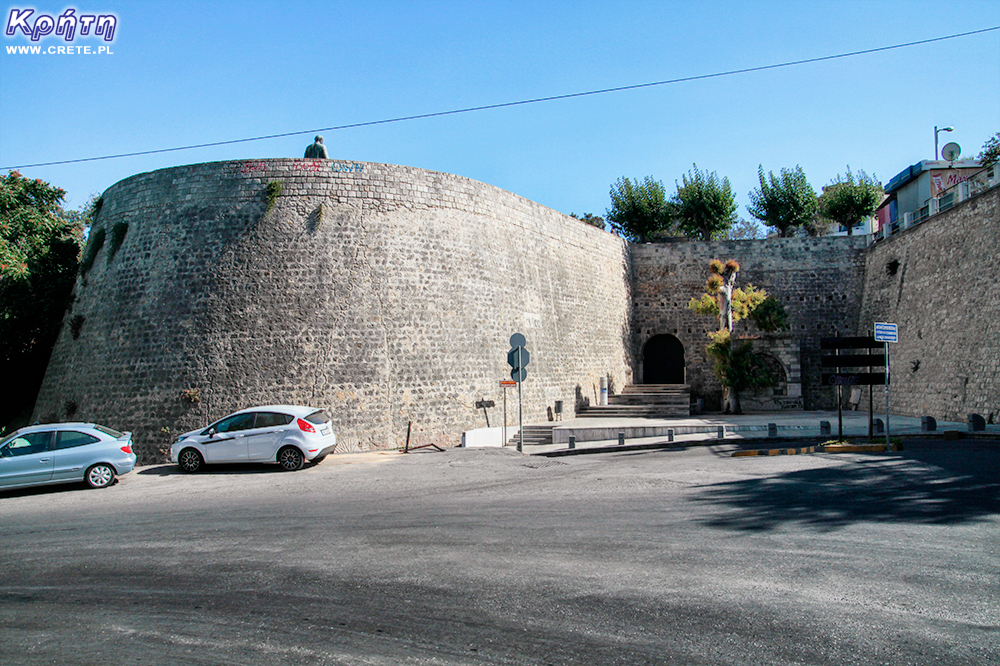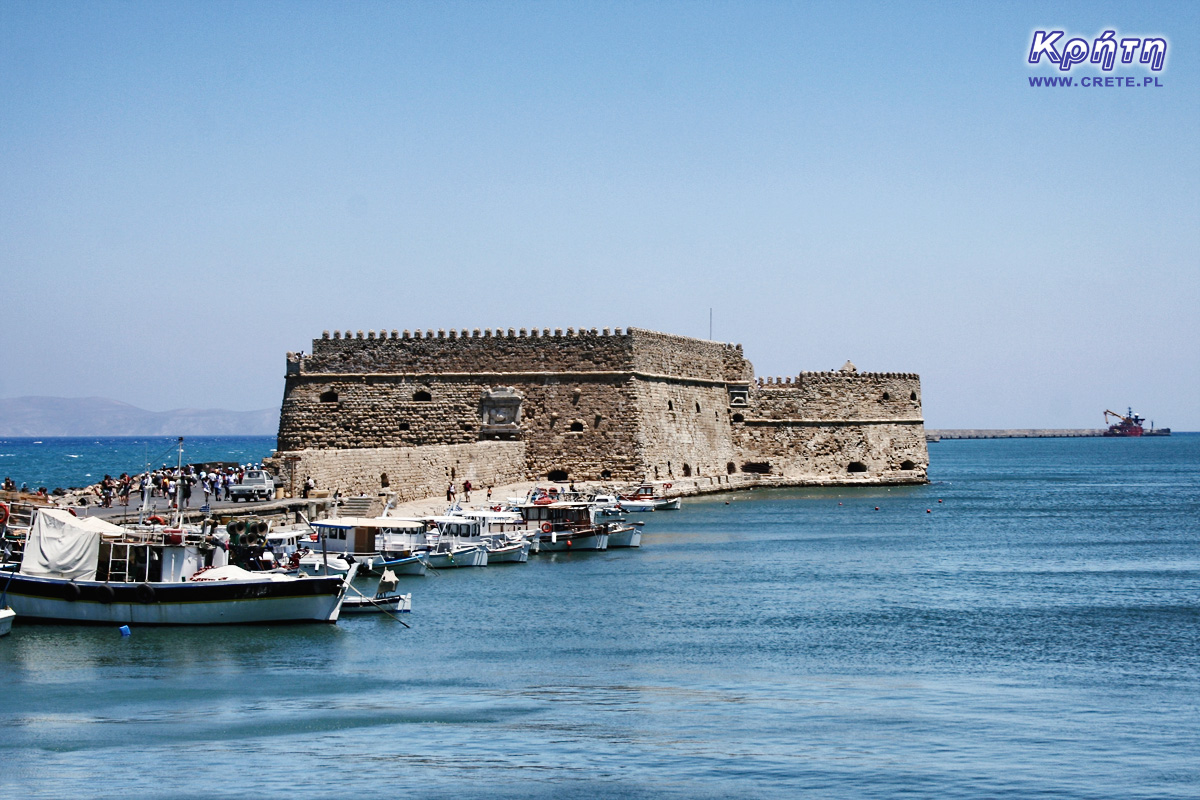
 2020-09-06 20:17:44
2020-09-06 20:17:44
Today we would like to remind you of the important date September 6, 1669. To do this, we have to go back 351 years. On that day, after the 22-year-long siege of Turkey, Heraklion (then known as Candia) finally capitulated to the enemy's troops. The city, after such long battles, could no longer withstand the attacks of the Sultan's hordes. The capitulation of Candia was basically the last piece of the Cretan War that had lasted 25 years. Generations of soldiers died during it. During this time, at least two Turkish Pashas lost their heads as they could not offer the entire island to the Sultan.
 Impressive city walls in Heraklion
Impressive city walls in Heraklion
Turkish troops arrived in Crete in the summer of 1645. At that time, the island was practically defenseless, because the Venetians left a minimal army on the island due to the ongoing economic crisis. Chania was the first to surrender on August 22, 1645. Later, the Turks took Rethymno, its takeover took only a few weeks. After its conquest, the Turkish army moved to Candia, taking all the surrounding areas along the way.
Turkish attacks on Candia began in May 1648. The enemy troops established camps practically cutting off all land routes to the city. The inhabitants of Candia had the opportunity to obtain weapons and food supplies as well as connect with the rest of the world only from the sea. Until 1666, the Turks were unable to break the resistance of the defenders. The massive and high city walls surrounding modern Heraklion also played the most important role here. At that time, the defenders were also supported by soldiers from other Christian countries in Europe who wanted to prevent Muslim expansion.
A characteristic element of this siege was the "underground war". Both sides dug tunnels in order to inflict losses on the other side. It happened that when digging the sewers, both sides "met" underground. It's easy to imagine what it ended with. At the end of 1666, the Grand Vizier Ahmet Kioproula was sent to Crete, who, on the orders of the Sultan, was to end the Candia case as soon as possible. Soon after, Francesco Morosini arrived in Crete, who, as the commander-in-chief of the Venetians, also led the allied forces defending the city.
 Koules Fortress in Heraklion
Koules Fortress in Heraklion
In 1667, the last phase of the siege of the city began. Ultimately, two events contributed to its downfall. The first blow was dealt by the Venetian engineer Andreas Barotsis, who secretly left Candia and gave the vizier the plans for the walls and the fortress, and also pointed out their weaknesses. This knowledge was ruthlessly used by the Turkish general. The proverbial nail in the coffin, however, was the departure of Candia by the French allies at the turn of July and August 1669.
Left with only a small number of defenders, no supplies in the ruined city, the Venetian commander Francesco Morosini was forced to ask the vizier Ahmet Kioproulis to surrender. It was signed on September 6, 1669. It was the last act ending the 25-year-long Cretan war. Turkish historians have calculated that more than 137,000 Turkish soldiers died during the siege of the city, while the losses on the Cretan side amounted to "only" 30,000. defenders.
Exactly three weeks after the signing of the capitulation treaty, on September 27, the last defenders, including Francesco Morosini, left the city, and the Turks entered the city. From then on, the Venetian rule in Crete was replaced by the rule of the Ottoman Empire, which took over the island for 200 years. The new occupant also changed the name of the city to Megalo Kastro, meaning the Great Castle.
 2020-09-06 20:17:44
2020-09-06 20:17:44
Komentarze
Wypełnij poniższy formularz aby dodać komentarz
lub kliknij w poniższy link aby skorzystać z możliwosci komentowania przez facebooka:
https://www.facebook.com/crete.poland/posts/10157406809152551